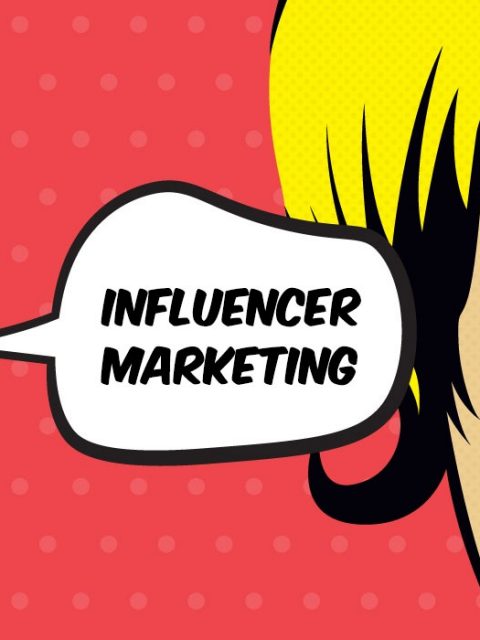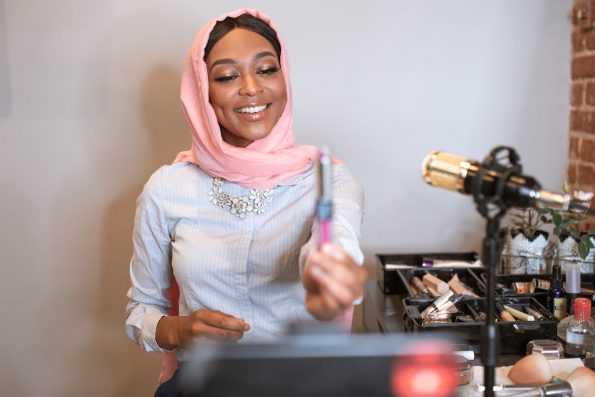Club.noww.in

Now, there are a lot of influencer marketing myths out there, but not all the information you see and read is a myth; some of it is real. In fact, here’s the thing: not all influencers are as transparent as they seem. In fact, some are downright dishonest. The last thing you want is to pour your limited budget into dishonest influencers who’ve bought fake followers, inflated their stats, or—worst of all—disappears with your product and never delivers.

But yes, this really can be a sad reality. While sure, if you’re using a paid creator platform, you’re almost always in safe hands, not all businesses know, understand, or even want to spend money on these platforms (and some would rather talk through DMs instead). Now, let’s go ahead and dive into how you can spot the warning signs so your small business can get the genuine exposure it deserves without falling victim to a scam.
Usually, There’s Fake Followers and Engagement
So, you have to keep in mind that in the influencer world, numbers seem to be everything. It’s easy to be drawn in by an impressive follower count or high engagement stats, but those can easily be manipulated. Businesses, especially small ones, need to be cautious because fake engagement can do more harm than good.
What’s really going on behind the scenes?
Okay, now it’s easy to be dazzled by an influencer with a huge follower count. After all, they must be worth the investment, right? Well, not always. Unfortunately, some influencers buy their followers, and those massive numbers are nothing more than a mirage. Bots and fake accounts don’t actually engage with content—they’re just there to make the influencer look more popular than they are.
Engagement is key
Now, what can you do? Well, you’ll have to take a closer look at their engagement. Do their likes, comments, and shares match the size of their audience? If an influencer has thousands of followers but only a handful of comments or likes on each post, that’s a red flag.
Another clue? Generic comments like “Awesome!” or strings of emojis on every post—this usually means they’re buying engagement, too. Now, you need to understand that real engagement feels natural, with followers asking questions or making relevant comments.
How You Can Start Spotting Red Flags in Their Online Presence
Alright, so believe it or not, but all it really takes is quick scan. Yes, you read that right, just a quick scan of an influencer’s social media should give you some clues about their authenticity. While sure, it’s tempting to go with the most popular name, inconsistencies in their content or excessive promotions can be a sign that they’re not as trustworthy as they seem.
Inconsistent content or too many promotions?
So, you just need to take the time to take a deep dive into their past posts. Are they constantly promoting different brands without any consistency? This can be a sign that they’re just chasing money, not genuinely aligning with brands they care about. You want an influencer who has an authentic connection with their audience and your product—not someone who’s just trying to make a quick buck.
Inflated stats or outright lies?
Most influencers will send you a media kit to show off their numbers—things like follower count, engagement rate, and past brand collaborations. But here’s the thing: some influencers will stretch the truth. They might photoshop their numbers, edit their analytics, or claim higher engagement than they actually have. It’s more common than you may think.
Too polished?
If their content is overly edited or feels staged, that might also be a red flag. You can usually expect that most authentic influencers often share behind-the-scenes moments, show off their personality, and interact with their followers in a way that feels real. If everything looks too perfect and there’s no real engagement with their audience, dishonest influencers could be hiding something—or just trying to present an illusion of success.
Ask for proof
If an influencer hands you a media kit that seems too good to be true, ask for real, verifiable data straight from the platform. Any legitimate influencer will be happy to provide backend analytics from Instagram, TikTok, YouTube, or wherever they’re active. If they balk at the request, that’s a major warning sign.
How to Verify an Influencer’s Authenticity
So just above it was mentioned that you need to do your homework, but that’s not necessarily all either (but yes you essentially need to do that too). There are a couple of other things to try as well.
Use tools to spot fakes
So, you have two options: You can either use influencer platforms since they do all the work for you, or you can also look into tools yourself (granted, it’s usually better to use platforms and their tools). But some cheaper tools can let you see their follow rate and where their followers are mostly from.
So, if they’re a Western Influencer targeting a Western audience but getting followers from Malaysia, Pakistan, India, and so on, then you can safely assume that they bought followers (since most bots are made and come from these countries).
Start small
Even if an influencer looks perfect on paper, it’s still a good idea to test the waters. Then, ideally, you can start with a small campaign before committing to something bigger. This gives you a chance to see how they perform and whether their audience actually engages with your brand. Think of it as a trial run—it is better to test with a single post than dive headfirst into a long-term contract.
How You Can Protect Your Business from Influencer Scams
So after starting small, and you like what you see, you’ll still need to be cautious. So yes, it’s critical to put safeguards in place to protect your business from falling victim to influencer fraud. Being cautious upfront will save you headaches later.
Contracts
You wouldn’t jump into a business deal without a contract, so why should influencer marketing be any different? Even if you’re just sending products, outline what you expect from the influencer, when they’ll post, and any other deliverables. It’s a good way to not get ghosted.
Build relationships, not just campaigns.
The most successful influencer marketing campaigns are built on genuine relationships. Instead of focusing solely on follower counts and immediate results, look for influencers who truly connect with your brand.
The post How to Avoid Getting Burned by a Dishonest Influencer appeared first on The Startup Magazine.












 English (US)
English (US)